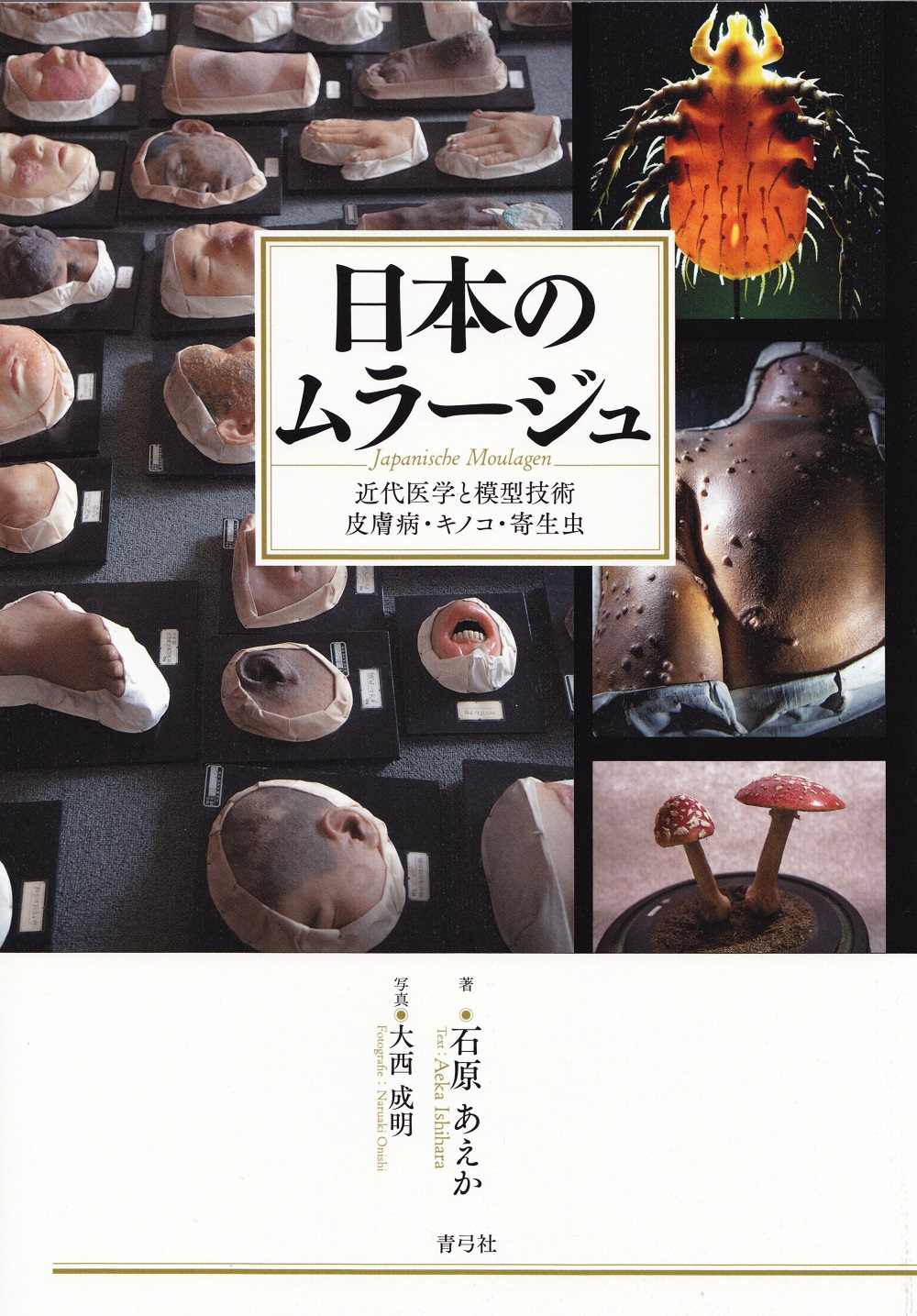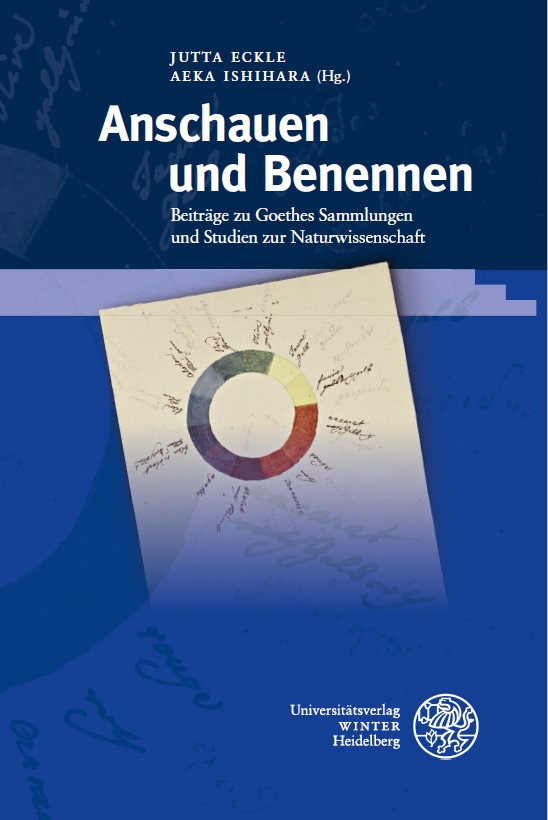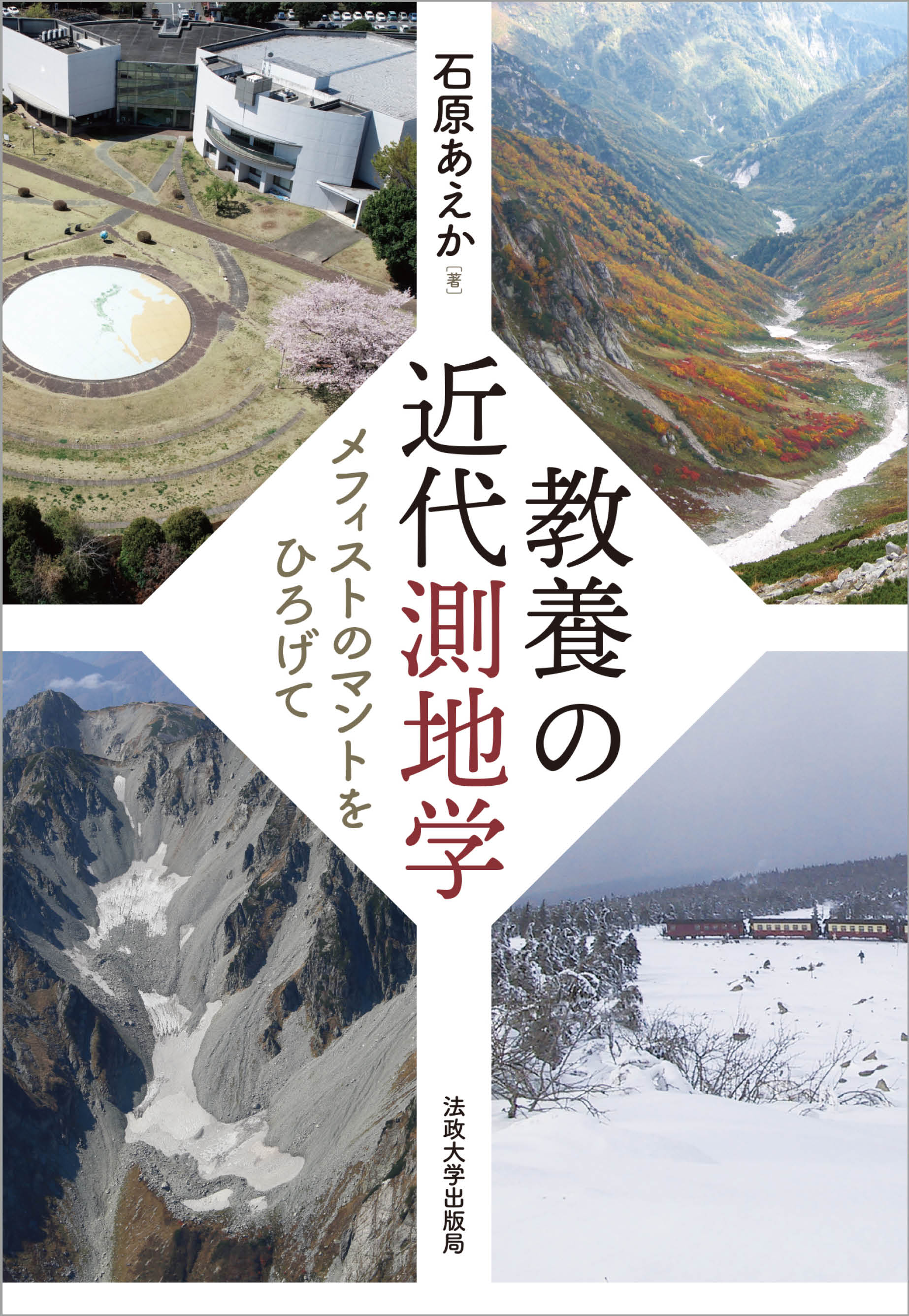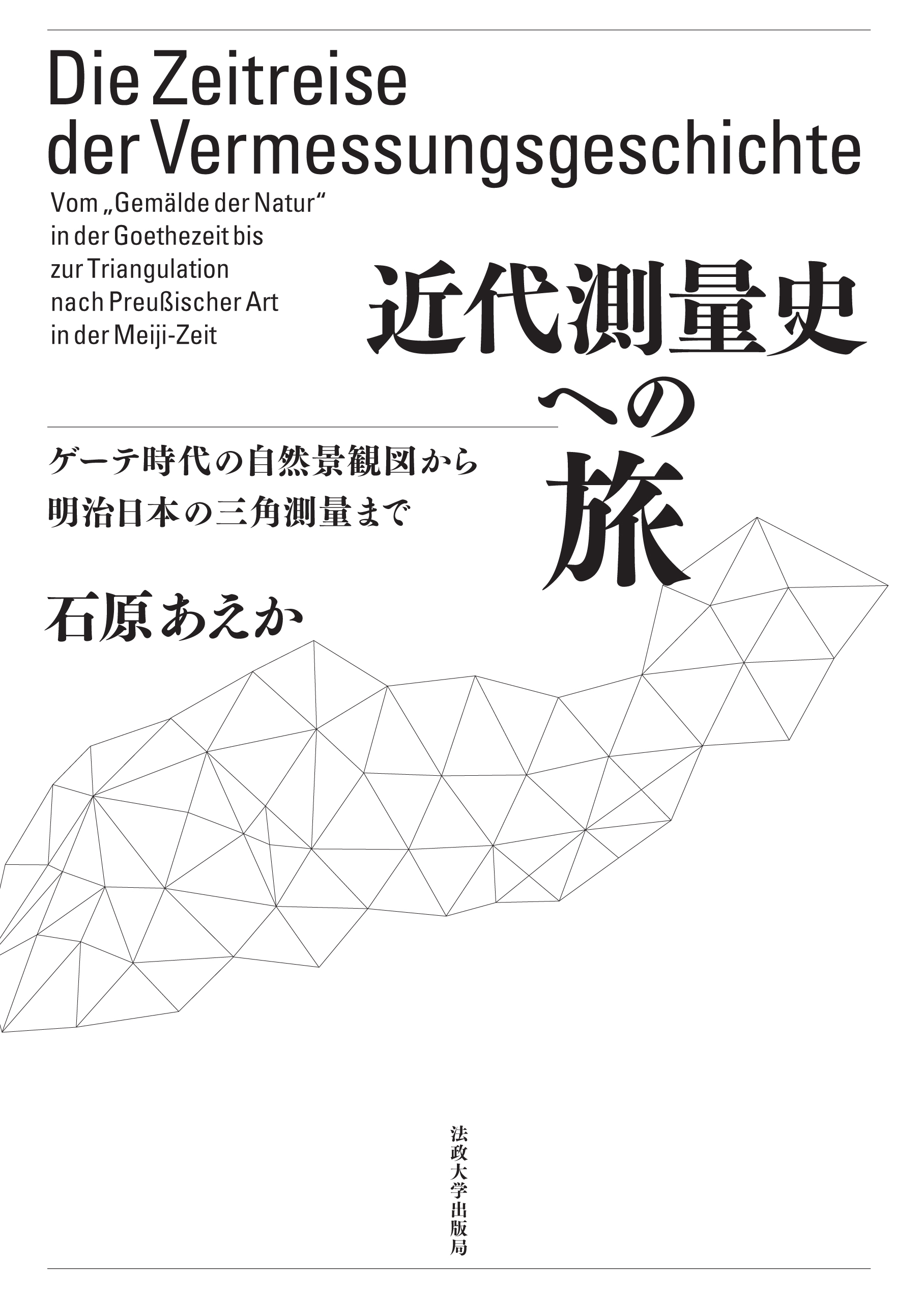
Title
Nihon no Moulagen (Moulages in Japan - Modern Medicine and Modeling Techniques: Skin Diseases, Mushrooms, and Parasites)
Size
168 pages, softcover
Language
Japanese
Released
January, 2018
ISBN
978-4-7872-3430-8
Published by
Seikyusha
Book Info
See Book Availability at Library
Japanese Page
It was around two decades ago that I became curious about the actual site where the protagonist described in Wilhelm Meisters Wanderjahre/Wilhelm Meister’s Years of Travel by Johann Wolfgang von Goethe (1749-1832) carried out dissections, which led me to visit the Medical Collections of the Friedrich Schiller University Jena (not open to the public). And, it was a decade later, when I started to investigate the topic of “Goethe and Medicine,” that I developed a strong interest in medical moulage―3-dimensional, realistic casts of pathologic changes of the human body―whose utility in the medical field was acknowledged by Goethe into his final years.
That said, at the time, I did not have the faintest idea that I would spend seven years investigating and end up writing a book about moulage in Japan that included the history of dermatology laboratories in Japanese universities. Following the various lines of inquiry leading in different directions and weaving these into a coherent work required overcoming many unforeseen obstacles and much persistence. At each step, I felt as if I was inching my way through a long, pitch-black tunnel with only my hands to guide me.
As written descriptions of three-dimensional specimens can only go so far, I enlisted the help of photographs. I made an effort to choose the most appropriate photograph to illustrate a given point without compromise from among the tens of thousands of photographs taken by Naruaki Ōnishi, a member of the research team. However, the book is not a photo album, and the reader is strongly urged not to simply leaf through the book looking at the photographs. The beginning of the book is intentionally stoic and starts with a text-only description of the history and significance of moulage. Photographs are introduced in a calculated fashion to allow the readers’ eyes to adjust to what they are seeing, starting first with basic photographs of mild disease and gradually moving on to examples of severe disease that teeter on the verge of what is acceptable for a non-medical text. While the book deals with some heavy topics in medical history, the language used has been carefully chosen not to be too serious, and examples of humorous parasites and cute mushrooms are placed throughout the book to allow the reader to take a breath every now and again. I also endeavored not to end with the tragedy of the “extinction of Japanese moulage” by introducing efforts in Germany to preserve and restore moulage as rays of hope.
That said, I am not without regrets. First, due to various reasons I had to give up on including photographs of moulage held in the Specimen Room of the Faculty of Medicine, the University of Tokyo. There were many amazing photographs that I decided not to include for fear that they would have too strong an impact or would be misunderstood. Although moulage are simply “wax models of specimens,” they are accompanied by many complicated and sensitive problems. There are no clear guidelines regarding moulage. As such, the understanding and handling of moulage differ substantially depending on the person in charge of their care. In a sense, this book is a trial run for establishing such guidelines. Some facilities simply ignored my requests or indefinitely suspended my attempts to investigate moulage. When I think about the massive quantity of moulage disposed of indiscriminately by university medical faculties over the past few decades, what distresses me most are the countless numbers of patients who cooperated and the mouleur (moulage makers) who worked silently in the shadows.
In German-speaking countries, I have never been denied a request to conduct research by a natural science facility for reasons that I am a literary scholar. In contrast, in Japan, while there is an expectation that scholars transcend and interact across the boundary between the humanities and the sciences, I encountered difficulty starting with my initial contact with facilities simply because of the fact that I am a Goethe scholar and was often met with looks of puzzlement at the “strange combination” of interests. Language proficiency is a basic requirement for reading large volumes of specialized literature written in German and to smoothly conduct negotiations and field research on site. Thus, my standing as a scholar of German literature is reasonable. Goethe scholars need to keep an eye on the many fields in which Goethe was involved, although I would not go so far as to agree with Goethe’s lamentation 200 years ago that “the honeymoon between literature and science is over.” As a first step, please read this book without being too distracted by the fact that it was written by “a literary scholar interested in dermatology.”
(Written by ISHIHARA Aeka, Professor, Graduate School of Arts and Sciences / 2018)



 Find a book
Find a book




